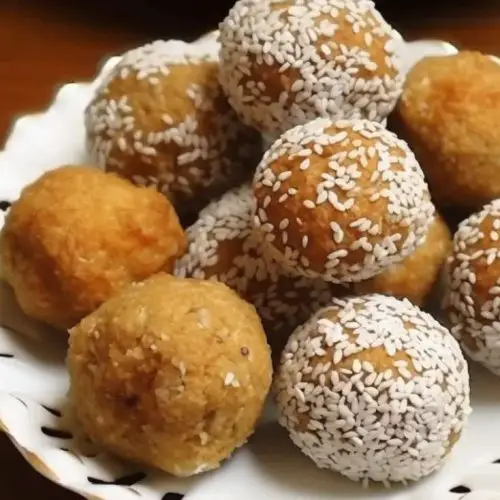Binangkal Recipe: Crispy Filipino Sesame Bread from the Kitchen to Your Table
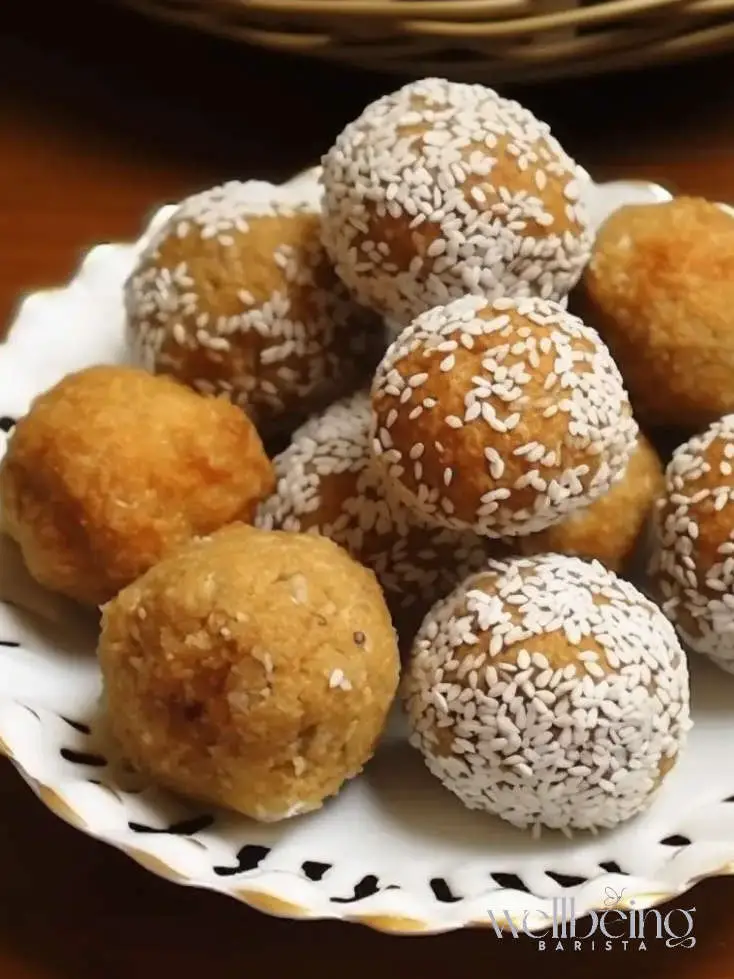
What is Binangkal?
Binangkal, the popular sweet Filipino sesame balls, evoke memories of Middle Eastern leqaimats with their shared passion for deep-fried dough. These delectable goodies consist of dough balls coated in sesame seeds, creating a crunchy exterior that encases a soft, doughy center. While leqaimats are often dipped in honey or syrup, binangkals typically stand alone, offering a subtly sweet flavor that pairs perfectly with a steaming cup of coffee or tea.
Nestled in roadside stalls and bustling bakeries throughout the Philippines, these beloved snacks beckon both locals and travelers alike to indulge in their irresistible charm.
Looking for more Filipino snacks? Try our Senorita Bread next!
Why You’ll Like This Binangkal Recipe
- Crispy and golden: Each bread ball is rolled in sesame seeds and deep-fried to deliver a satisfying crunch.
- Perfect for snacks or merienda: Pairs beautifully with tea, coffee, or hot chocolate.
- Customizable sweetness: Use white or brown sugar depending on how sweet you like your bread.
- Easy to prepare: This kitchen-friendly recipe requires no special equipment or complex steps.
- Tried and true: This is a traditional Binangkal recipe loved by generations.
Kitchen Tips for Perfect Binangkal
-
Steady Heat is Key: Maintain medium oil temperature. If too hot, the outer bread crisps up before the inside is done.
-
Avoid Greasiness: Let the Binangkal drain thoroughly to keep that signature crunch.
-
Uniform Size: Shaping them evenly ensures they cook at the same rate.
-
Don’t Skimp on Sesame: Fully coating the surface adds flavour and texture — no bald spots!
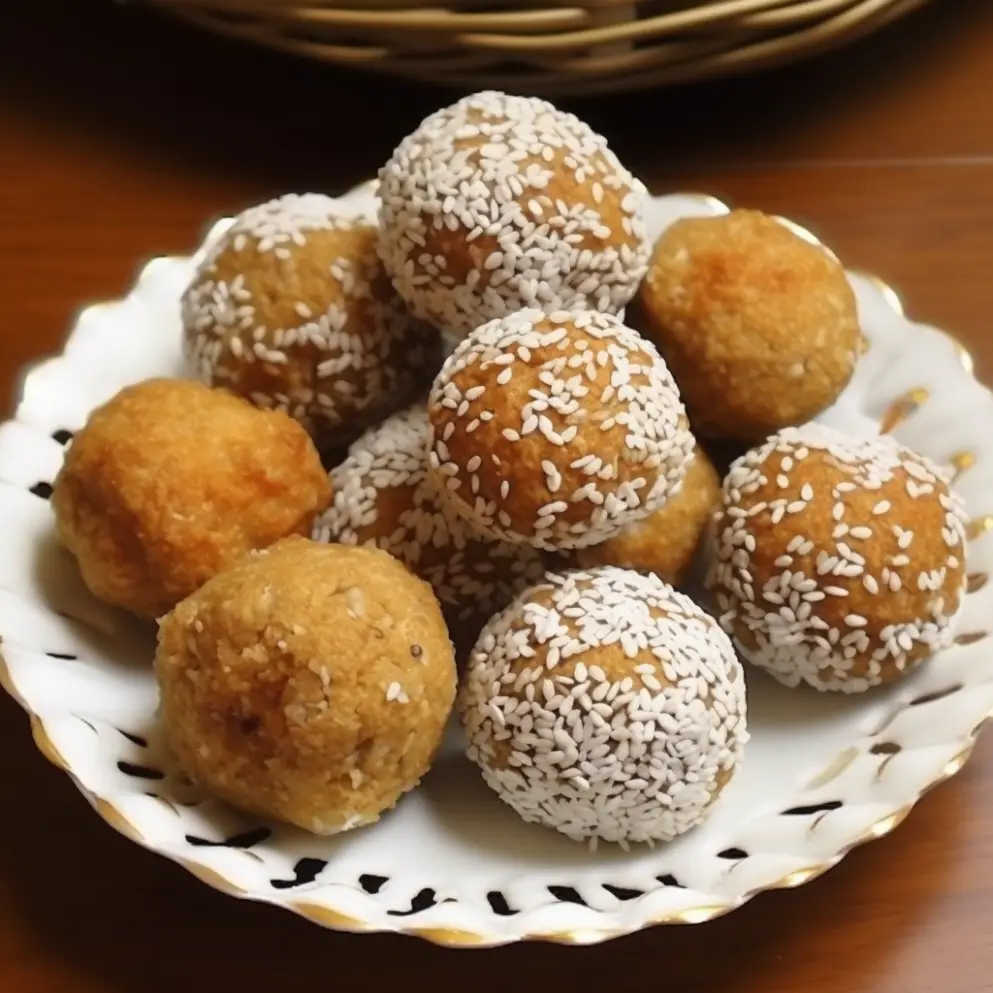
What You’ll Need
Dry Binangkal Ingredients
- Flour – 2½ cups all-purpose flour
- Baking Powder – 2 tbsp baking powder
- Salt – ¼ tsp salt
- Sugar – ¾ cup white sugar
Wet Binangkal Ingredients
- Milk – ½ cup evaporated milk. Evaporated milk adds richness. Reduce the amount if using regular milk.
- Egg – 1 medium egg
- Oil – 2 tbsp vegetable oil or any neutral oil like canola or sunflower oil
- Vanilla – 1 tsp vanilla extract
Ingredients For Coating and Cooking
- Sesame seeds (for coating),
- Cooking oil for deep frying
How to Make Binangkal Recipe
This sesame-coated bread treat comes together quickly with minimal prep time:
1. Mix the Base
Combine flour, sugar, baking powder, and salt in a bowl.
2. Blend Wet Ingredients
Add milk, egg, oil, and vanilla extract. Mix until a dough forms.
3. Shape the Dough
Roll the dough into uniform round portions—about the size of large marbles.
4. Coat in Sesame Seeds
Roll each dough piece thoroughly in sesame seeds, making sure they’re fully covered.
5. Deep Fry
Heat oil in a deep pot over medium heat. Fry the dough until golden brown, turning to ensure even cooking. Avoid overly high heat to prevent the exterior from burning before the inside cooks.
6. Drain and Serve
Let the Binangkal rest on paper towels to absorb excess oil. Serve warm.
Tasty Variations to Try
Give your classic Binangkal recipe a twist with these flavour ideas:
- Ube Binangkal: Add ube extract to give your bread a light purple hue and nutty flavour.
- Coconut-Infused: Mix in shredded coconut for tropical flair.
- Chocolate Lovers: Stir in cocoa powder or chocolate chips for a dessert-forward bite.
- Cheesy Surprise: Add grated cheese for a sweet-salty combo popular in Filipino kitchens.
Saving Binangkal For Later
| Storage Option | Instructions |
|---|---|
| Room Temp | Store cooled Binangkal in an airtight container for up to 3 days. |
| Freezer-Friendly | Shape dough, freeze on a lined tray, then transfer to freezer bags. Fry straight from frozen or thaw overnight in the fridge. |
How to Serve this Filipino Treat
Binangkal shines when served fresh and hot, served as a tea-time snack and dipped in chocolate, caramel, or condensed milk and served as a tea-time snack. It also pairs well with:
- A drizzle of condensed milk
- A scoop of vanilla or toasted rice ice cream
- Local jams or fruit preserves
- A hot cup of salabat (ginger tea) or kape barako (Filipino coffee)
More Filipino Breads and Treats to Explore
Looking for more Filipino snacks? Try these delicious favourites:
- Senorita Bread – Buttery, sugar-filled rolls.
- Chuối Chiên (Vietnamese Fried Banana) – Crispy and fruity.
- Mary Berry Cupcakes – With Chocolate and served with Biscoff sauce
Health Info
This Binangkal Recipe is Moderately Healthy (With Smart Tweaks)
✅ The Good:
- Provides 3g protein per serving
- Sesame seeds add calcium & healthy fats
- No artificial ingredients
⚠️ Watch Out:
- Deep-fried = higher calorie density
- Contains refined flour and sugar
- Portion control needed (easy to overeat!)
🍽️ Smart Serving Tip:
- Pair 1-2 pieces with protein (e.g., Greek yoghurt or adding 2 tbsp of vanilla protein powder with dry ingredients) and fibre (berries) to balance blood sugar.
- Calorie Cutter - Reduce sugar to ½ cup + use air-fryer (spritz with oil) to save ~40 calories per serving.
Nutritional Facts
| Calories: | 150.22 |
| Sugar: | 10.08 |
| Sodium: | 247.5 |
| Fat: | 3.2 |
| Carbohydrates: | 27.3 |
| Fiber: | 0.59 |
| Protein: | 3.13 |
Description
Ingredients
DRY INGREDIENTS
- 2 ½ cups plain flour
- 2 tbsp baking powder
- ¼ tsp salt
- ¾ cup white sugar
WET INGREDIENTS
- ½ cup evaporated milk
- 1 tsp vanilla extract
- 2 tbsp oil
- 1 medium egg
OTHER INGREDIENTS
- sesame seeds for coating
- cooking oil for frying
Instructions
- Place the dry ingredients in a bowl
- Add the wet ingredients one by one and mix.
- Divide the dough into small balls.
- Roll into sesame seeds
- Fry over medium heat
- Serve warm and enjoy!
Recipe Notes
Ingredient Substitutions
- Flour: For a lighter texture, use 50% all-purpose + 50% cake flour. For gluten-free, substitute with 1:1 GF flour blend + ½ tsp xanthan gum.
- Sugar: Brown sugar or coconut sugar can replace white sugar. Reduce to ½ cup for less sweetness.
- Milk: Regular whole milk, almond milk, or coconut milk work (reduce liquid slightly if using thin milks).
- Egg-Free: Use 1 flax egg (1 tbsp ground flaxseed + 3 tbsp water) or ¼ cup applesauce.
Cooking Tips
- Oil Temp: Maintain 350°F (175°C). Test with a bread crumb – it should sizzle immediately.
- Air-Fryer Option: Spray dough balls with oil, roll in sesame seeds, and air-fry at 350°F (180°C) for 8–10 minutes (shake halfway). Cuts oil absorption by 70%.
- Sesame Coating: Lightly dampen dough balls before rolling for better adhesion.
- Size Consistency: Use a 1.5-tbsp cookie scoop for even cooking.
Storage & Reheating
- Room Temp: 2 days in airtight container (paper towel lining absorbs excess oil).
- Freezer: Freeze uncooked dough balls (no sesame) for 1 month. Thaw, coat, then fry.
- Reheat: 3-4 mins in air fryer at 300°F (150°C) to revive crispness.
Allergy-Friendly Options
- Nut-Free: Use oat milk or rice milk.
- Sesame-Free: Substitute poppy seeds or omit coating.
Serving Suggestions
- Traditional: Pair with hot coffee or ginger tea.
- Dessert: Drizzle with chocolate or serve à la mode.
You might like more…
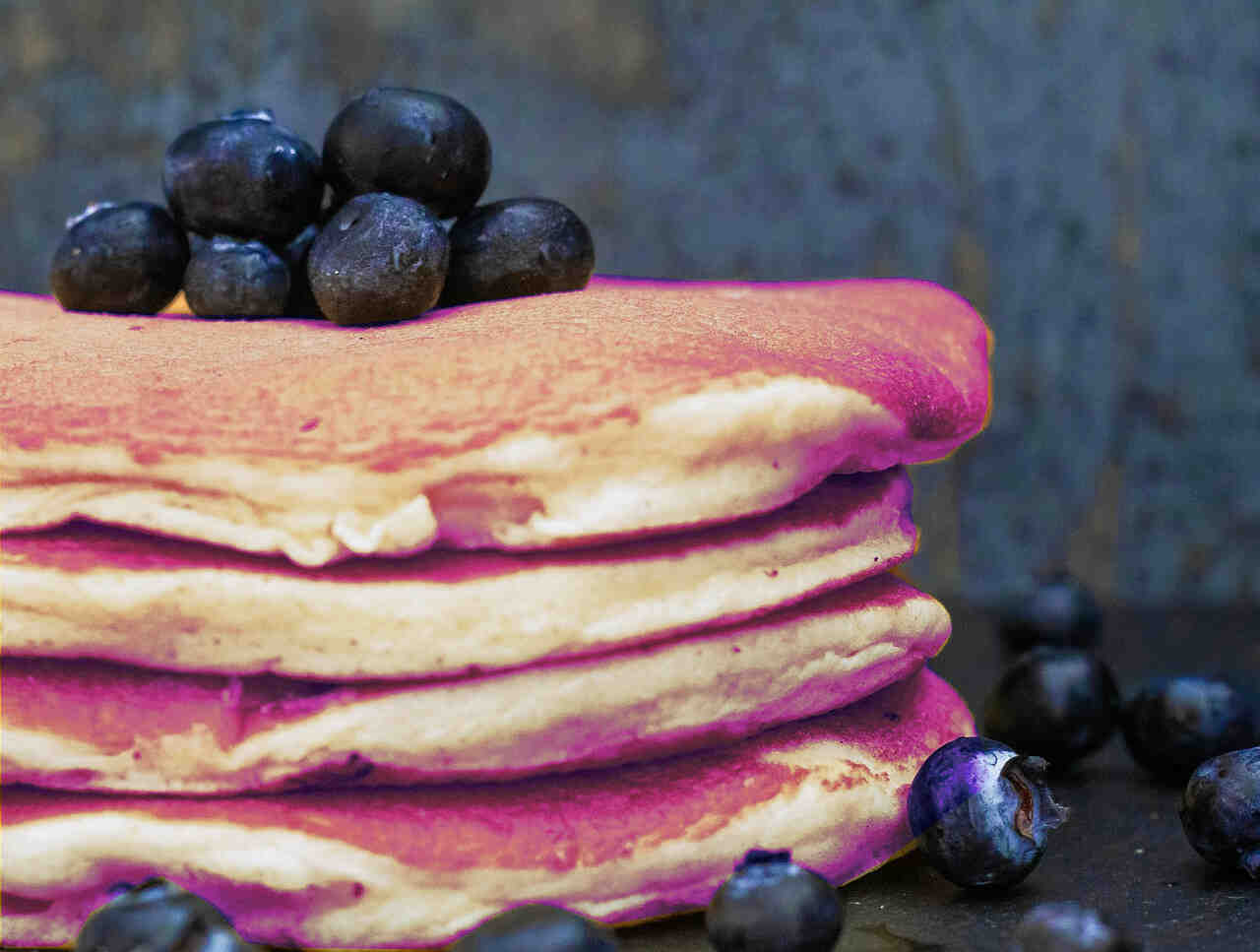
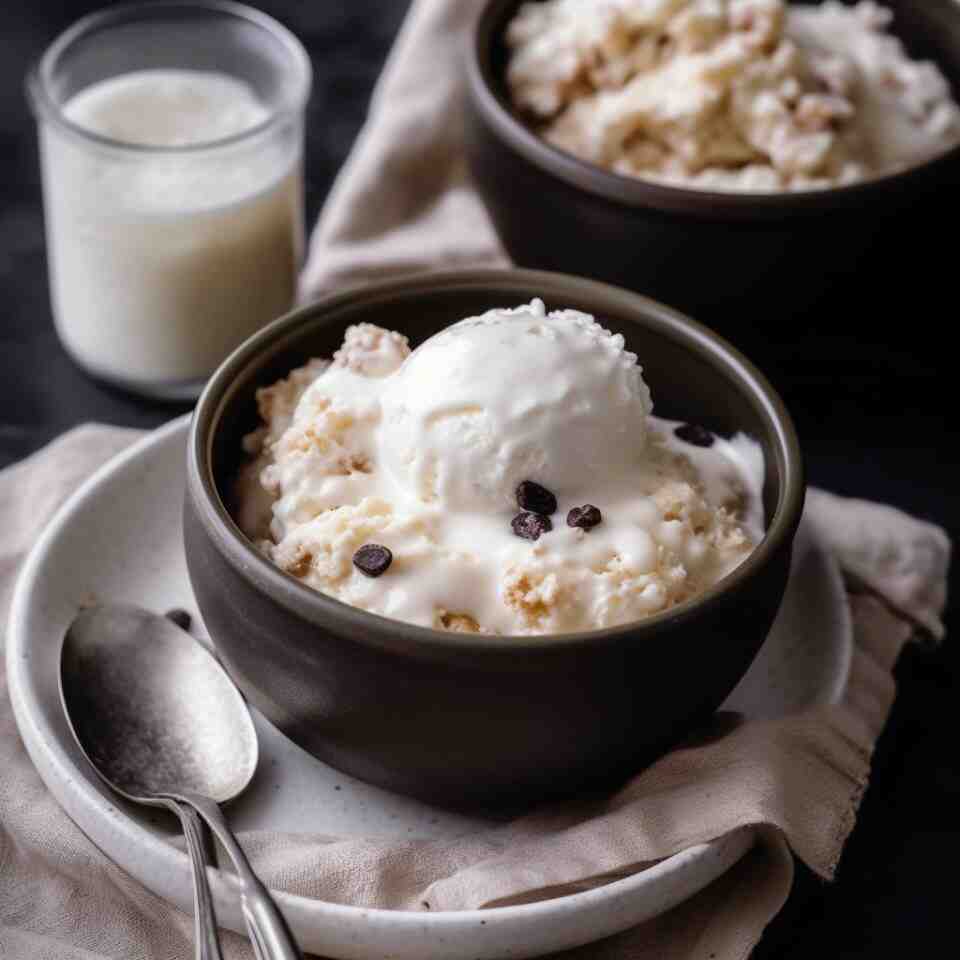

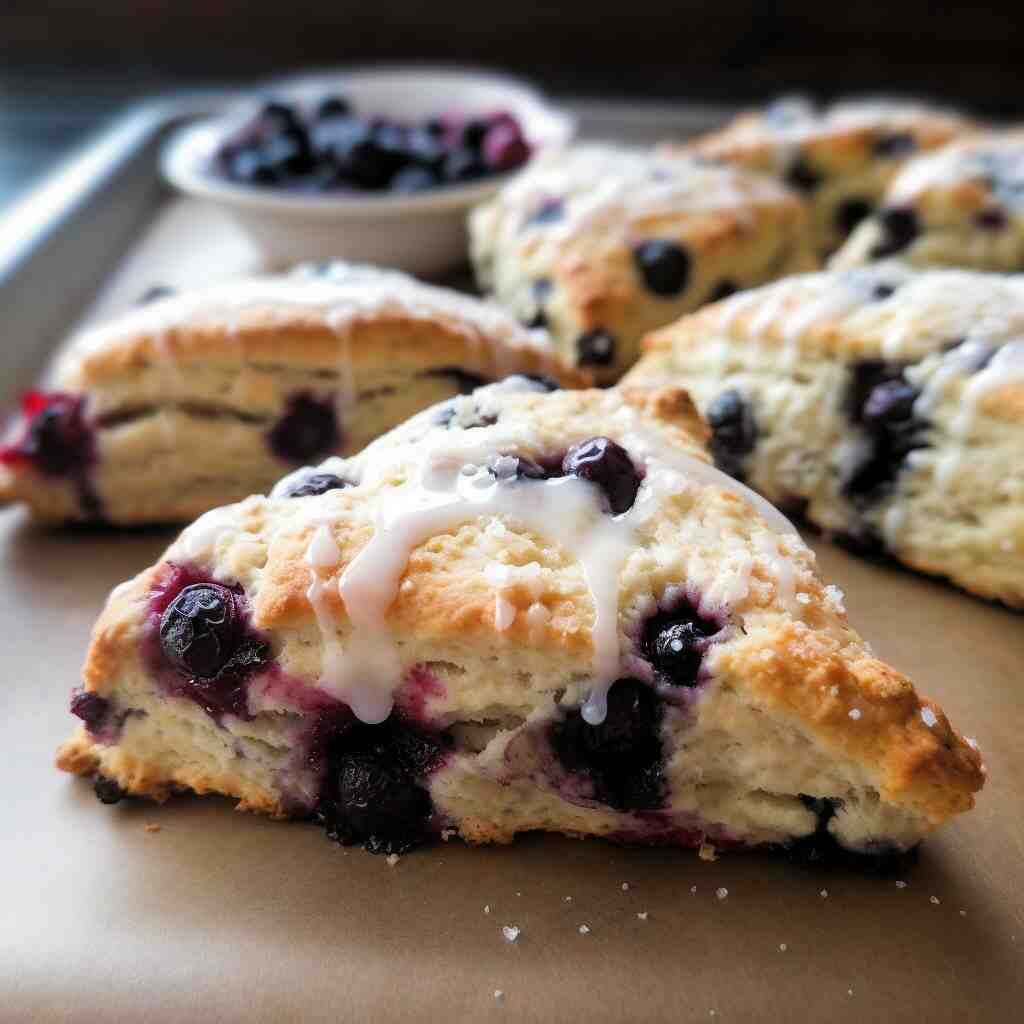
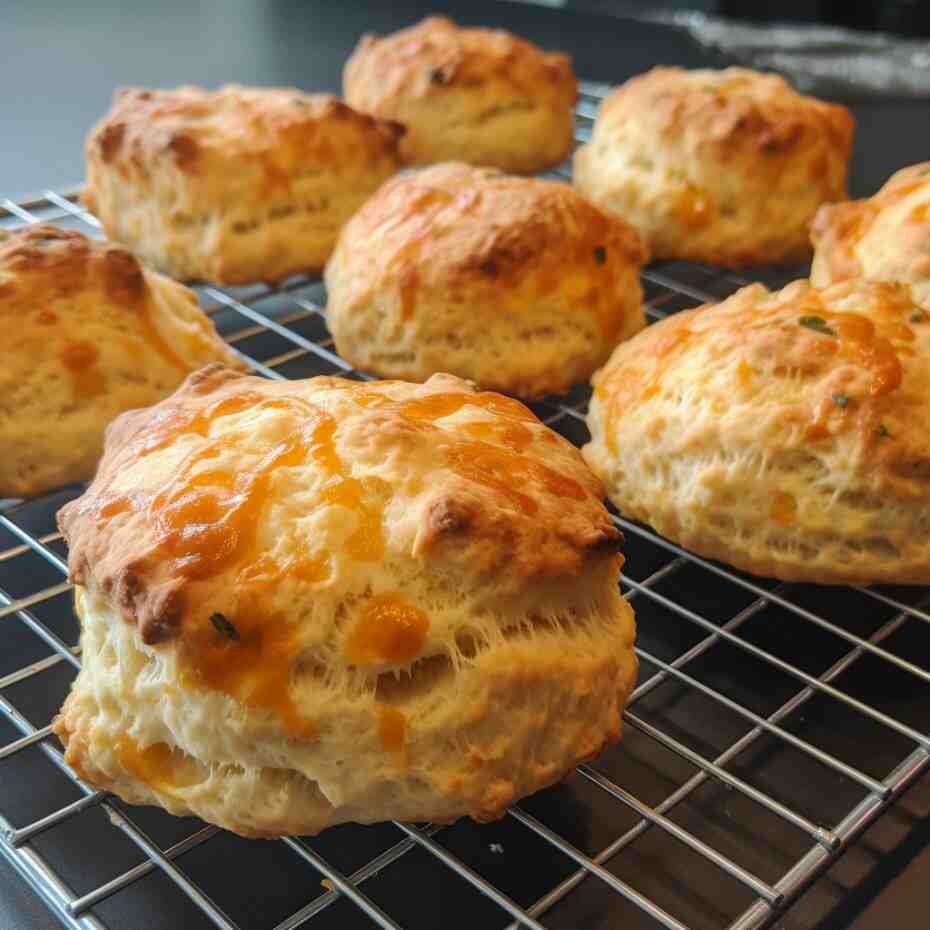
FAQ: Binangkal Recipe
Unlike Chinese sesame balls that are hollow and filled, Binangkal is dense, slightly sweet, and has a cake-like interior with no filling.
This bread is traditionally deep-fried for texture. Baking won’t yield the same crunch, but you can experiment with an air fryer for a healthier alternative.
Yes, but evaporated milk adds richness. If using fresh milk, reduce the liquid slightly to keep the dough from becoming too wet.
Use neutral oils like canola, sunflower, or vegetable oil for best results.
It should be soft and pliable, not sticky. Add flour a tablespoon at a time if needed.
Absolutely! Kids can roll the dough and coat the bread in sesame seeds — a fun, hands-on kitchen activity.

